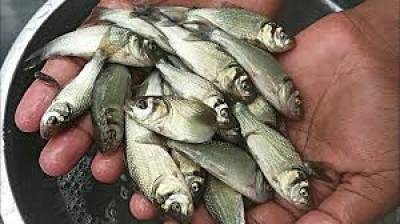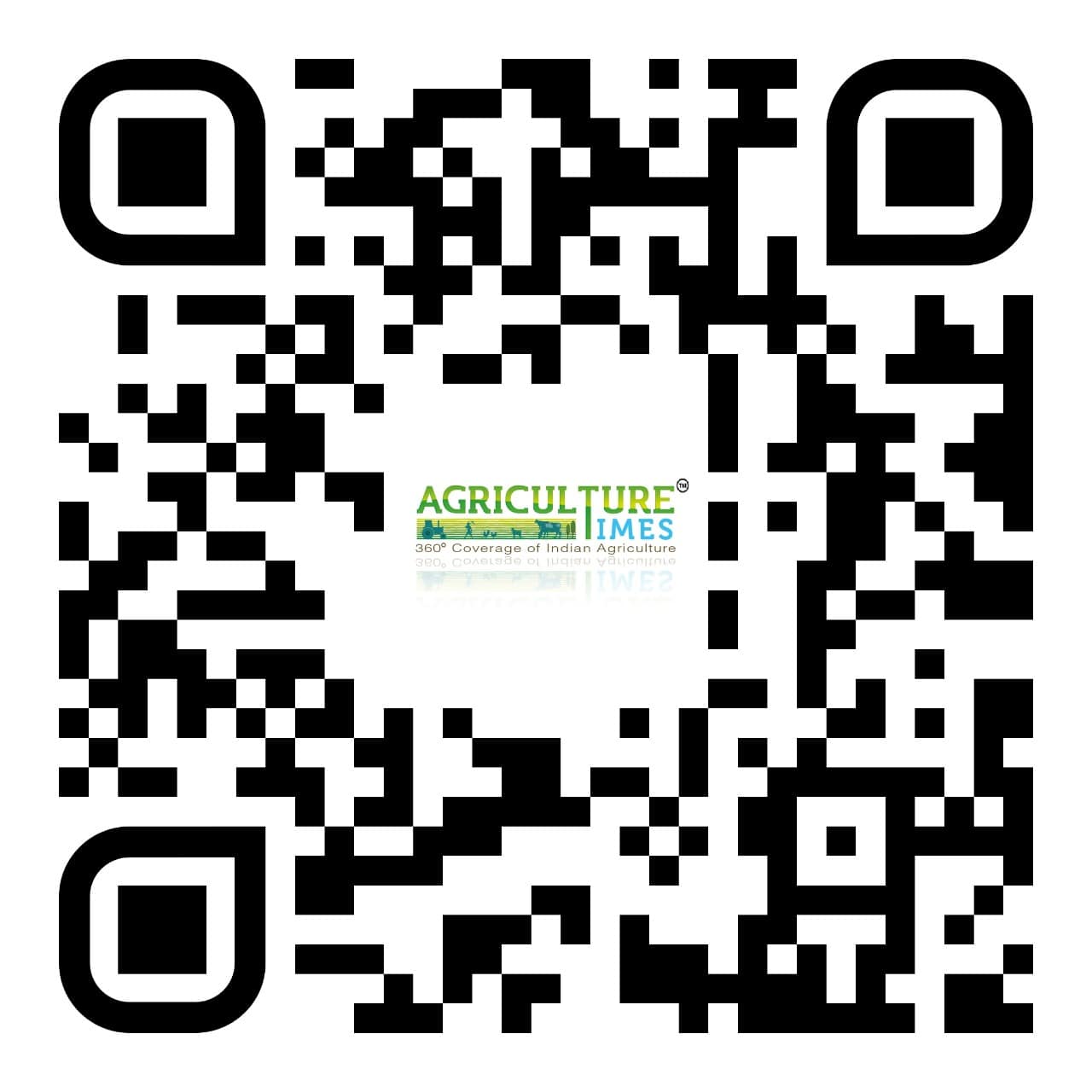KOCHI, 16 November 2024: As global populations grow and the demand for seafood increases, the importance of sustainable fish seed production has never been more critical.
Hatcheries, often considered the unsung heroes of aquaculture, play a vital role in ensuring the sustainability and productivity of fish farming. By focusing on sustainable practices, hatcheries can help secure the future of aquaculture while minimizing environmental impact and supporting local economies.
The Role of Hatcheries in Aquaculture
Hatcheries are specialized facilities where fish are bred, hatched, and reared until they reach a size suitable for transfer to grow-out systems, such as ponds, cages, or tanks. These facilities are essential for maintaining a consistent and reliable supply of juvenile fish, or "seed," which is crucial for the continuous operation of fish farms. Hatcheries contribute to the aquaculture industry in several key ways:
1. Genetic Improvement: Hatcheries can selectively breed fish to enhance desirable traits such as growth rate, disease resistance, and feed conversion efficiency. This genetic improvement leads to healthier, more productive fish stocks, which can significantly boost the profitability and sustainability of fish farming operations.
2. Disease Control: By maintaining controlled environments, hatcheries can reduce the risk of disease outbreaks that often plague wild fish populations. Implementing biosecurity measures and monitoring fish health closely helps ensure that only healthy, robust juveniles are supplied to fish farms, reducing the need for antibiotics and other treatments.
3. Species Diversification: Hatcheries enable the cultivation of a wide variety of fish species, including those that may not be viable to catch in the wild due to overfishing or habitat degradation. This diversification can reduce pressure on wild fish stocks and promote the conservation of marine biodiversity.
Sustainable Practices in Fish Seed Production
To meet the growing demand for seafood without compromising the health of our oceans and ecosystems, hatcheries must adopt sustainable practices. Here are some key strategies for achieving sustainability in fish seed production:
1. Eco-Friendly Breeding Programs: Sustainable hatcheries prioritize the use of broodstock (mature fish used for breeding) from well-managed, environmentally responsible sources. By avoiding the capture of wild broodstock, hatcheries can help protect natural populations and maintain ecological balance.
2. Efficient Water Use: Water management is a critical aspect of sustainable hatchery operations. Recirculating aquaculture systems (RAS) and other water-saving technologies can significantly reduce water consumption and minimize the release of waste into natural water bodies. By treating and reusing water, hatcheries can decrease their environmental footprint and conserve valuable water resources.
3. Feed Sustainability: The production of fish feed is a major contributor to the environmental impact of aquaculture. Sustainable hatcheries focus on using feeds that are made from responsibly sourced ingredients, such as plant-based proteins or byproducts from sustainable fisheries. Additionally, optimizing feed formulations and feeding practices can improve feed conversion ratios and reduce waste.
4. Energy Efficiency: Implementing energy-efficient technologies and practices can reduce the carbon footprint of hatchery operations. Utilizing renewable energy sources, such as solar or wind power, and optimizing energy use through smart monitoring systems can contribute to more sustainable fish seed production.
5. Waste Management: Proper waste management is essential for minimizing the environmental impact of hatcheries. Sustainable hatcheries employ waste treatment systems to manage solid and liquid waste, preventing pollution of surrounding ecosystems. By converting waste into useful byproducts, such as fertilizers or bioenergy, hatcheries can create a circular economy within their operations.
The Economic and Social Benefits of Sustainable Hatcheries
Adopting sustainable practices in fish seed production not only benefits the environment but also offers significant economic and social advantages:
1. Enhanced Profitability: Sustainable hatcheries can achieve higher productivity and profitability through improved fish health, better growth rates, and reduced mortality. Efficient resource use and waste management also lead to cost savings, making sustainable operations economically viable in the long term.
2. Job Creation and Local Economies: Hatcheries provide employment opportunities in rural and coastal communities, supporting local economies and contributing to social stability. By promoting sustainable practices, hatcheries can ensure the long-term viability of these jobs and the economic benefits they bring.
3. Food Security: Sustainable fish seed production plays a crucial role in ensuring a stable supply of seafood, contributing to global food security. By producing healthy and abundant fish stocks, hatcheries help meet the nutritional needs of growing populations, particularly in regions where seafood is a primary protein source.
Case Studies and Success Stories
Several hatcheries worldwide are leading the way in sustainable fish seed production, demonstrating the viability and benefits of eco-friendly practices:
1. Nordic Aquafarms (Norway and the United States): Nordic Aquafarms operates land-based RAS facilities that prioritize sustainability and environmental stewardship. By using recirculating systems and renewable energy sources, they minimize water and energy use while producing high-quality fish seed for the aquaculture industry.
2. Mote Marine Laboratory & Aquarium (Florida, USA): Mote's Aquaculture Research Park focuses on developing sustainable aquaculture practices, including advanced hatchery techniques. Their work on breeding and rearing fish species, such as snook and red drum, supports the restoration of wild populations and the sustainable growth of the aquaculture industry.
3. Kingfish Zeeland (Netherlands): Kingfish Zeeland produces yellowtail kingfish using sustainable aquaculture practices, including the use of renewable energy and efficient water management systems. Their commitment to sustainability has earned them certification from the Aquaculture Stewardship Council (ASC), reflecting their dedication to responsible fish seed production.
The Future of Sustainable Fish Seed Production
As the aquaculture industry continues to grow, the importance of sustainable fish seed production will only increase. Ongoing research and technological advancements will play a crucial role in developing new and improved methods for breeding and rearing fish sustainably. Collaboration between industry stakeholders, policymakers, and researchers is essential to drive the adoption of best practices and ensure the long-term sustainability of fish seed production.
In conclusion, hatcheries are the backbone of the aquaculture industry, and their role in sustainable fish seed production is vital for the future of seafood supply. By embracing eco-friendly practices, investing in research and innovation, and fostering collaboration, hatcheries can continue to be the heroes of sustainable aquaculture, ensuring a healthy, productive, and resilient industry for generations to come.
Image credit: banglakrishi.in























